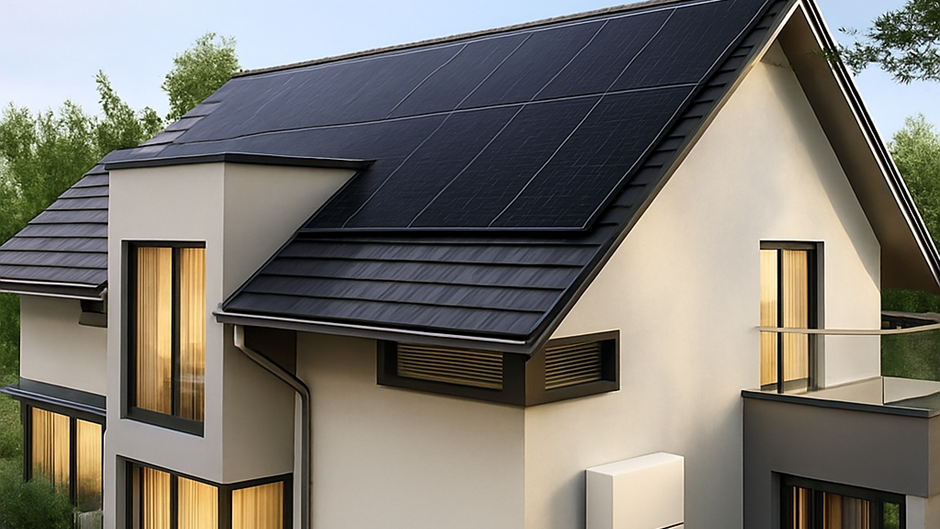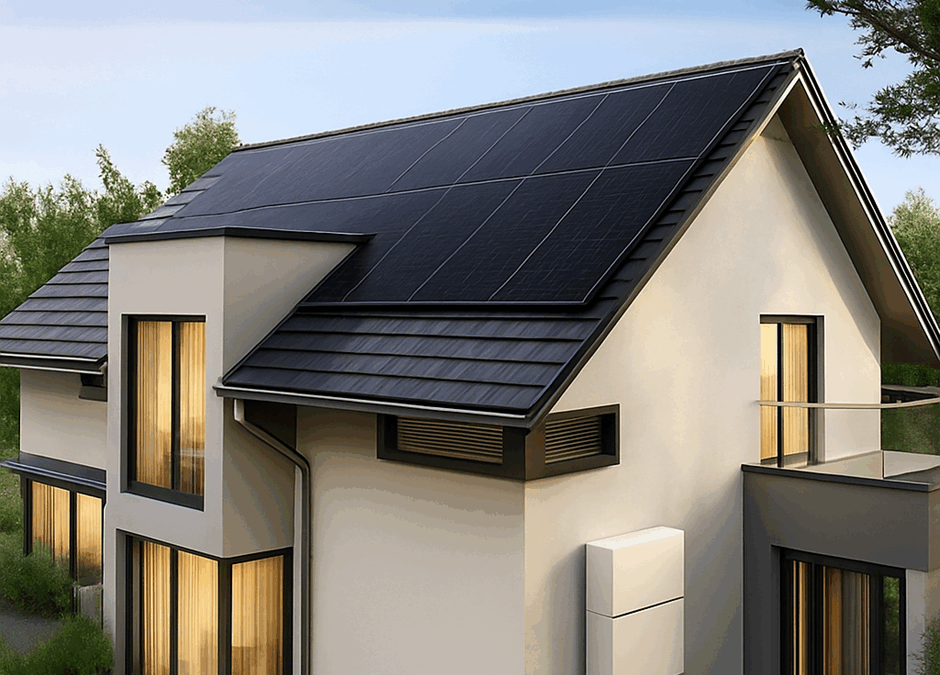South Africa’s energy landscape is shifting fast. Load-shedding may have eased in late 2024, but Eskom’s 2025/26 tariffs jumped 12.74% for direct customers and 11.32% for municipalities, eroding household and SME budgets (Africa.com, Jan 2025).
Meanwhile, the South African Renewable Energy Masterplan (SAREM), approved in March 2025, is accelerating renewable capacity, storage, and local manufacturing (HSF Kramer, Mar 2025).
For installers and energy advisors, this creates a clear opportunity: households and SMEs no longer want single-tech solutions. They want integrated systems that deliver reliability, efficiency, and cost control — and the PV + Heat Pump + Battery trio does exactly that.
Why Integration Beats Stand-Alone Systems
- Photovoltaics (PV) generate low-cost electricity during daylight, offsetting daytime loads and cutting grid imports.
- Heat pumps use electricity to heat water or air 2–4x more efficiently than resistive systems, slashing geyser-related consumption (often ~ 40% of household load, per Infrastructure News, Jan 2025).
- Batteries store excess PV for evening use, boosting self-consumption from ±35-40% to 60–80% — essential as municipal feed-in tariffs often sit below retail rates (City of Cape Town Budget 2025/26).
When combined, these technologies:
- Align major electrical loads (heat pump + household appliances) with PV generation.
- Use the battery to bridge evening peaks and load-shedding.
- Maximise return on investment by reducing expensive grid imports while preserving export capacity for feed-in incentives.

Policy & Incentives in 2025
- Municipal Feed-In: Cape Town pays R1.0123/kWh + R0.25/kWh incentive (ex-VAT) for SSEG exports; Johannesburg offers ~R0.43/kWh.
- SME Tax Break: Section 12B accelerated depreciation — 100% in year 1 — applies to PV systems ≤1 MWp, giving SMEs a ~28% effective capital offset.
- Eskom Heat Pump Rebates: Available in some regions, lowering upfront costs for qualified installs.
Market Example
For instance, an SME in Cape Town installs: 15 kWp PV system + 15 kWh battery+ 300 L heat pump boiler for cleaning and process water
The result: ±65% reduction in grid imports, ±80% drop in conventional energy usage for water heating, and annual savings exceeding R95 000 — while still exporting ~4 MWh/year to the grid for credit.
Solutions, Business Case, Challenges & Opportunities
Business Case:
- Tariff hikes + feed-in rates + load-shedding = high demand for reliability + savings.
- Heat pumps + PV = ideal for self-consumption growth.
- Batteries extend the usable value of generated kWh.
Challenges:
- Upfront cost — mitigated by SME tax incentives, municipal rebates, and staged installations.
- Client education — integrated systems require explaining long-term ROI vs. single-tech installs.
Opportunities:
- First-mover advantage in offering fully integrated packages with tailored municipal tariff modelling.
- Cross-selling heat pumps into existing PV client bases to lift savings and system value by improving self consumption and renewable energy share.
Practical Tips for Installers ✅
- Model Loads by Time-of-Day — Use actual consumption data to align heat pump operation with PV production and battery charge cycles.
- Optimise for Self-Consumption — Prioritise inverters and battery controllers with flexible scheduling to avoid low-value exports when TOU tariffs are in play.
- Offer Staged Upgrades — For budget-sensitive clients, start with PV + heat pump, then add battery later — but design system capacity for future integration.
- Educate on Tariffs — Show municipal feed-in rates versus retail prices to justify self-consumption focus.
- Leverage Incentives — For SMEs, present Section 12B savings alongside system ROI.
The Unique Value of Makt 🚀
With Makt, installers can:
- Design PV, battery, and heat pump systems together in a single workflow — no juggling separate tools.
- Run 4-in-1 feasibility analysis (technical, financial, regulatory, operational) with municipality-specific tariffs and incentives baked in.
- Produce 3D visual layouts for client clarity.
- Deliver white-label branded reports and share via client portals — impress decision-makers with professional, transparent proposals.
- Use built-in CRM and workflow automation to manage leads, stock, and team tasks.
- Scale without extra user fees, contracts, or hidden costs — monthly cancellable.
Compared to PV-only design tools, Makt integrates multi-tech simulation with real-time SA policy data, giving you a competitive edge in closing high-value, future-proof projects.



